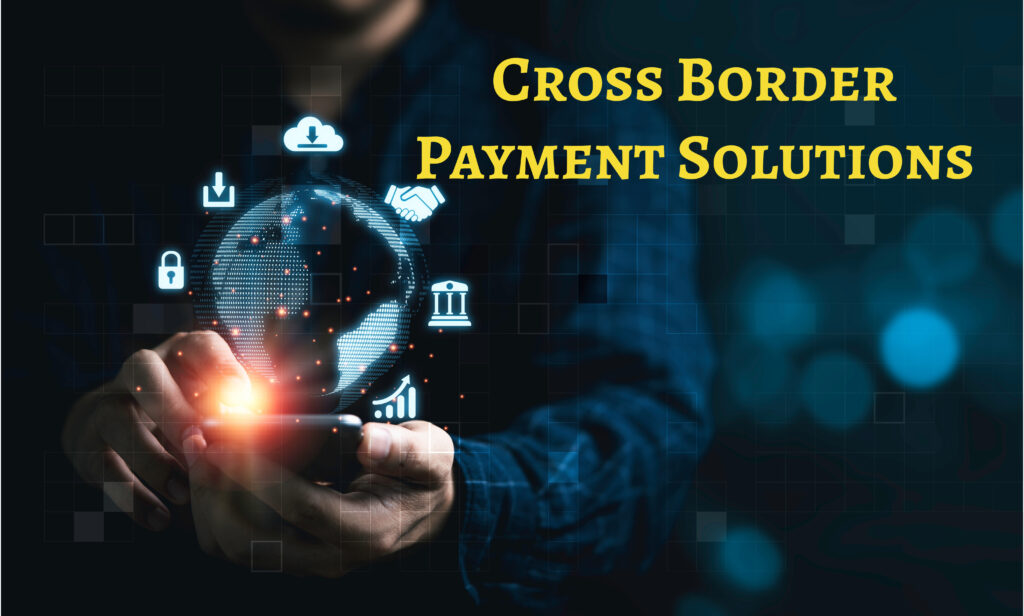In an increasingly interconnected world, the need for seamless and efficient cross-border payment solutions has become paramount. Businesses, individuals, and financial institutions engaged in international transactions require reliable methods to transfer funds across borders. This article explores the evolution of cross-border payment solutions, their significance, challenges, and the innovations shaping the future of global financial transactions.
The Significance of Cross-Border Payments:
Cross-border payments refer to financial transactions that involve the movement of funds across national borders. These transactions are vital for international trade, business operations, remittances, and personal financial activities. As globalization has increased, so has the demand for swift, secure, and cost-effective cross-border payment solutions.
Traditional Challenges:
Historically, cross-border payments were associated with several challenges, including:
- High Costs: Traditional methods often incurred substantial fees, including currency conversion fees and intermediary bank charges, making cross-border transactions expensive.
- Delays: Processing times for international payments were extended due to the involvement of multiple banks and intermediary financial institutions.
- Lack of Transparency: Users often faced a lack of transparency regarding the status and fees associated with their cross-border transactions.
- Currency Exchange Risks: Fluctuations in exchange rates posed risks, impacting the final amount received by the beneficiary.
Evolution of Cross-Border Payment Solutions:
- Digital Wallets and Mobile Apps: The rise of digital wallets and mobile payment apps has facilitated cross-border transactions. Users can store funds in digital wallets and make international payments conveniently using their smartphones.
- Blockchain and Cryptocurrencies: Blockchain technology, with its decentralized and secure nature, has given rise to cryptocurrencies like Bitcoin and Ethereum. These digital currencies enable peer-to-peer cross-border transactions with reduced fees and faster processing times.
- Real-Time Gross Settlement (RTGS): Some countries have implemented RTGS systems for cross-border payments, enabling real-time settlement between banks.
- Fintech Innovations: Fintech companies have introduced innovative solutions, including peer-to-peer platforms, that streamline cross-border payments, reduce costs, and enhance transparency.
- Application Programming Interfaces (APIs): APIs enable financial institutions to connect and share information securely, facilitating faster and more efficient cross-border transactions.

Benefits of Modern Cross-Border Payment Solutions:
- Cost-Efficiency: Digital solutions and blockchain-based platforms often have lower fees compared to traditional banking methods, reducing the overall cost of cross-border transactions.
- Speed and Efficiency: Real-time or near-instant processing times are becoming more common, allowing for swift cross-border transfers.
- Enhanced Security: Blockchain technology ensures secure and tamper-resistant transactions, reducing the risk of fraud and unauthorized access.
- Transparency: Users can track the status of their transactions in real-time, providing greater transparency and visibility into fees and exchange rates.
- Financial Inclusion: Cross-border payment solutions, especially those leveraging mobile technology, contribute to global financial inclusion by providing services to individuals who may not have access to traditional banking.
Challenges and Future Considerations:
- Regulatory Compliance: Adhering to diverse international regulations poses a challenge for cross-border payment providers, requiring them to navigate a complex legal landscape.
- Interoperability: Ensuring interoperability between different payment systems and platforms is essential for creating a seamless global financial network.
- Security Concerns: As digital payment solutions become more prevalent, addressing cybersecurity concerns and ensuring the protection of user data remain critical.
- Scalability: Scalability is crucial as cross-border payment solutions continue to gain popularity, especially with the potential for increased transaction volumes.
Some Companies which provide Cross-Border Payment Solutions
If you want the Technology Service Provider for Cross-Border Payment Solutions, then you can reach out to some of the companies working on this space viz. M2P Fintech, FIS Global, and Rapyd to name a few.
Conclusion:
The evolution of cross-border payment solutions has transformed the landscape of global transactions, making them more accessible, cost-effective, and secure. As technological innovations continue to drive this evolution, the financial industry must collaborate to address challenges and ensure that cross-border payments become even more seamless, providing benefits for businesses, individuals, and economies around the world. With a focus on efficiency, transparency, and inclusivity, the future of cross-border payments holds promise for a more interconnected and financially accessible world.